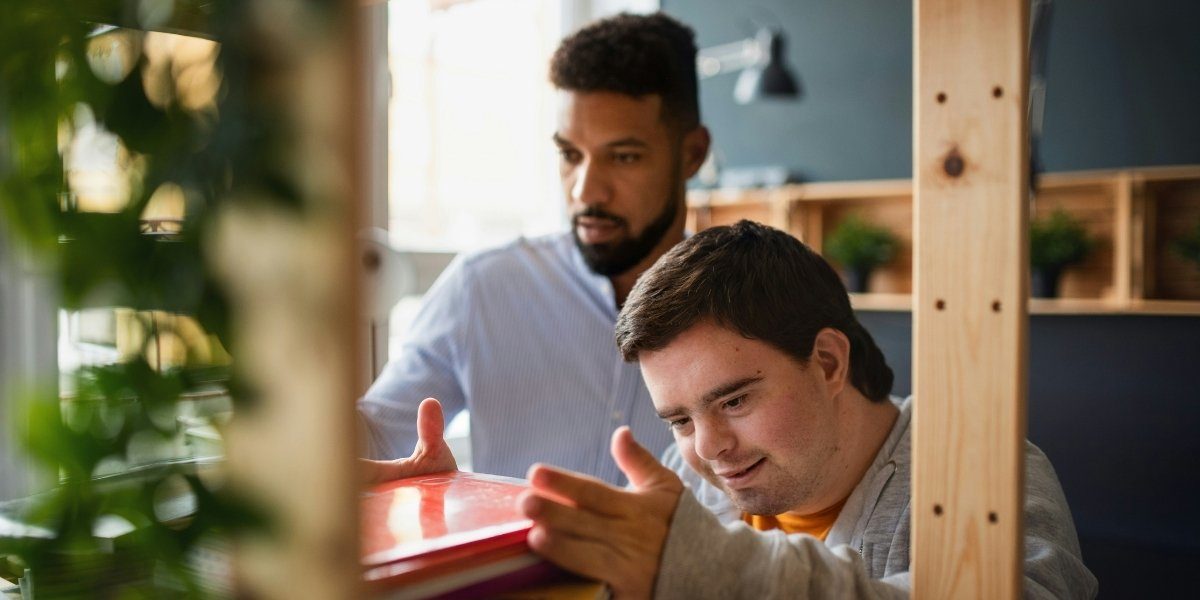Embracing Inclusivity: Thriving and Empowered Living with Disability
Disability is often perceived as a challenge or limitation, but when approached with a mindset of inclusivity, it can be an opportunity for individuals to thrive and lead empowered lives. Embracing inclusivity means creating environments and societies where individuals with disabilities are not only accepted but are fully integrated and supported in every aspect of life, from education and employment to healthcare and social participation. This mindset fosters a world where individuals can realize their potential and contribute meaningfully to their communities.
Read Also: Navigating Quiet Firing and Workforce Reshaping in Modern Workplaces
What Does Inclusivity Mean for People with Disabilities?
Inclusivity for individuals with disabilities refers to creating environments that are accessible, accommodating, and welcoming. It’s not merely about physical access, such as ramps and elevators, but also about attitudinal shifts in how people with disabilities are perceived. Inclusion ensures that individuals with disabilities have the same opportunities, rights, and ability to participate in society as everyone else. It means recognizing the diverse needs of people with disabilities, whether those needs are physical, emotional, or cognitive, and finding ways to meet them.
Inclusivity begins with creating environments that are accessible not only in the physical sense but also in terms of attitude and opportunity. When people with disabilities are included in all areas of life, they are more likely to feel empowered, valued, and respected.
Why Is Disability Inclusion Vital for Society?
Disability inclusion is essential for the growth and development of society. It leads to stronger communities, richer cultural diversity, and greater social cohesion. There are several reasons why disability inclusion is important:
At its core, disability inclusion provides equal opportunities for individuals with disabilities to participate in education, employment, and community life. Ensuring that everyone has the same opportunities to succeed is a fundamental principle of fairness and justice. Without inclusion, individuals with disabilities may be marginalized or excluded, which can lead to feelings of isolation and low self-esteem.
Disability inclusion can also have significant economic benefits. By providing individuals with disabilities the tools and resources they need to succeed, society can tap into a valuable pool of talent and potential. Inclusive practices in the workplace can increase productivity and innovation. Research shows that businesses that hire individuals with disabilities often report increased employee retention, higher morale, and a more diverse range of perspectives. Additionally, inclusive hiring practices help to address labor shortages and improve workforce diversity.
When individuals with disabilities are included, it fosters stronger social connections and cohesion. Communities that are inclusive are more resilient, compassionate, and understanding. Inclusive environments also reduce stigma and misconceptions about disabilities. When people of all abilities interact and collaborate, it encourages empathy, understanding, and respect.
What Are the Barriers to Disability Inclusion?
While much progress has been made in promoting disability inclusion, several barriers still exist, preventing individuals with disabilities from fully participating in society. These barriers can be physical, attitudinal, or systemic, and they can affect a person’s ability to thrive in various aspects of life.
Physical barriers refer to obstacles that make it difficult for individuals with disabilities to access buildings, transportation, or services. Examples include buildings without ramps, lack of accessible bathrooms, or public transportation that is not wheelchair-friendly. Although many laws and policies have been enacted to promote accessibility, many communities still lack the infrastructure necessary to accommodate individuals with physical disabilities fully.
Attitudinal barriers are perhaps the most difficult to overcome. These barriers arise from negative perceptions and stereotypes about people with disabilities. Many people still hold outdated or inaccurate views about the capabilities of individuals with disabilities. These misconceptions can result in discrimination, prejudice, and exclusion. It is crucial to address these attitudes through education and advocacy to promote a more inclusive society.
Systemic barriers include discriminatory policies and practices that exist within organizations, institutions, and government systems. For example, a lack of accessible educational resources for students with disabilities or a lack of reasonable accommodations in the workplace can prevent individuals from achieving their full potential. Advocating for policy changes and better systems to support people with disabilities is a critical step toward achieving true inclusion.
How Can Society Promote Disability Inclusion?
Promoting disability inclusion requires action at all levels of society, from individuals to organizations to government bodies. Here are several key ways that society can promote inclusivity:
One of the first steps toward disability inclusion is education. Raising awareness about the different types of disabilities, the challenges individuals face, and the importance of inclusion can help break down misconceptions and biases. Education programs should be designed to encourage empathy and understanding, helping individuals recognize that people with disabilities are capable of contributing to society in meaningful ways.
Accessibility is a crucial element of inclusion. This includes making physical spaces, such as schools, workplaces, and public buildings, fully accessible to individuals with disabilities. Additionally, digital accessibility is becoming increasingly important, with websites and online services needing to be designed with accessibility in mind. Accessible communication, such as providing captions for videos or using assistive technology in classrooms, also plays a critical role in fostering an inclusive environment.
Government policies play an essential role in promoting inclusion. Legislation that mandates accessibility standards and prohibits discrimination is critical for ensuring equal opportunities for individuals with disabilities. Advocating for stronger laws, better enforcement, and more support services is vital in breaking down systemic barriers.
Creating inclusive workplaces and educational institutions is key to supporting individuals with disabilities. Companies and schools should implement policies and practices that accommodate people with disabilities, from providing reasonable accommodations to promoting inclusive teaching and training. It’s important for employers and educators to recognize the potential of individuals with disabilities and to provide the tools and resources needed for success.
What Are the Benefits of Embracing Disability Inclusion?
The benefits of embracing disability inclusion are wide-ranging and impactful, not just for individuals with disabilities but for society as a whole. When disability inclusion is embraced, people with disabilities are empowered to lead independent, fulfilled lives, contributing their talents, skills, and perspectives to their communities.
A diverse society is one that thrives on the unique perspectives and skills that each individual brings. By including individuals with disabilities in all aspects of life, society can unlock new levels of creativity, innovation, and problem-solving. Disability inclusion ensures that everyone, regardless of ability, has the chance to contribute to the greater good.
When individuals with disabilities are included in all areas of society, they experience improved mental and physical well-being. Inclusion reduces feelings of isolation and encourages social interaction, leading to higher self-esteem and better overall health. It also provides people with disabilities access to vital support networks that enhance their well-being.
Read Also: Autoimmune Diseases: From Cells to Holistic Care
Inclusive communities are more resilient and supportive. When individuals with disabilities are integrated into all areas of life, they become valuable members of society, contributing to stronger, more cohesive communities. These communities are more likely to foster mutual respect, understanding, and cooperation among all members.
Embracing inclusivity and creating opportunities for individuals with disabilities to thrive is not just a matter of fairness; it is essential for creating a stronger, more compassionate society. Disability inclusion benefits everyone, from individuals with disabilities to the communities they belong to. It leads to innovation, increased productivity, and greater social cohesion. By fostering inclusive environments and promoting equal opportunities, society can ensure that all individuals, regardless of ability, have the chance to lead empowered, fulfilling lives.














